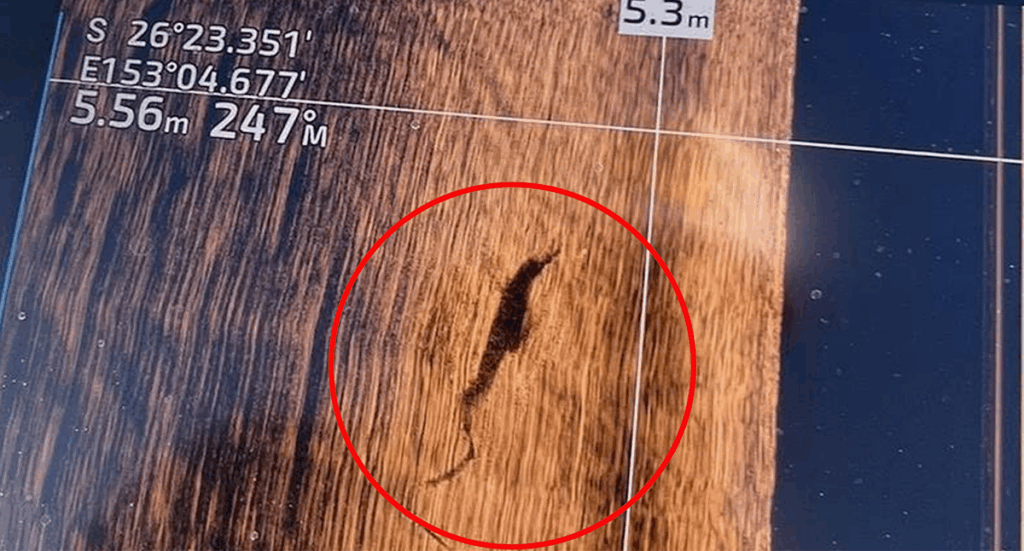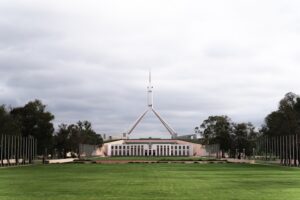
UPDATE: A shocking crocodile sighting at Noosa Spit on the Sunshine Coast has raised urgent safety concerns, with the animal spotted 300 kilometers south of its typical habitat. The sighting occurred on July 15, 2023, when local resident Ross Buckley encountered the 3.5-meter-long crocodile during a morning walk with his dog.
Buckley initially mistook the creature for driftwood until it moved. “I’ve lived here over 30 years and have never seen anything like it,” he stated. His alarmed reaction prompted a warning for other dog walkers and swimmers in the area.
The Queensland Department of the Environment has confirmed they are investigating the reports. “We are aware of social media reports regarding a reported crocodile sighting today at Noosa Spit and are investigating the matter further,” an official said. This statement underscores the unusual nature of the sighting, as the Boyne River near Gladstone is typically recognized as the southern limit for crocodile habitats.
Shortly after Buckley’s encounter, local fishermen James Graham and Kai Tapley also reported seeing the crocodile. Graham remarked that he had only seen crocodiles in the wild hundreds of kilometers north, reinforcing the rarity of such sightings in Noosa. “It is just not plausible to see a crocodile in the middle of winter,” he noted during an interview on ABC News Breakfast.
Footage from the fishermen’s fish finder captured a shape resembling a crocodile beneath the water, confirming the alarming encounter. Emergency services have been alerted and are actively searching for the animal, with locals advised to exercise caution in the area.
The emergence of a crocodile in Noosa is not just a local curiosity; it raises critical questions about environmental changes and species migration. Experts indicate that crocodiles can travel considerable distances through coastal waterways, especially following heavy rains or flooding, which may temporarily alter their habitat range.
The sighting has sparked discussions about climate change’s potential impact on wildlife. Warmer waters and shifting food sources might be prompting crocodiles to venture further south than usual. If confirmed, this sighting could ignite broader debates about ecological shifts and public safety in regions not accustomed to such wildlife.
Residents are urged to remain vigilant as authorities continue to monitor the situation. With the crocodile’s presence posing a risk in a popular swimming and dog-walking area, safety measures and public awareness will be paramount in the coming days.
Stay tuned for further updates on this developing story and the implications of this unusual sighting in the heart of Queensland’s tourist territory.






